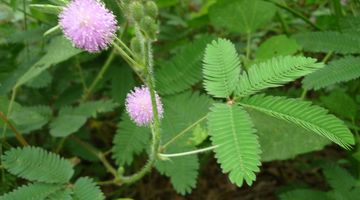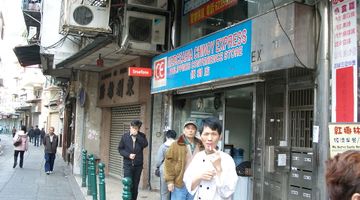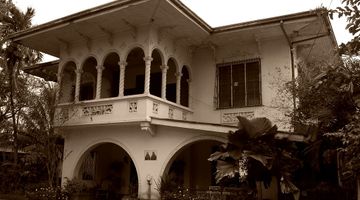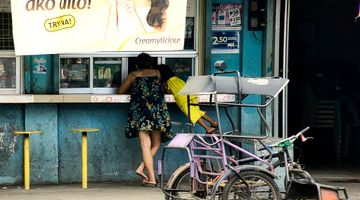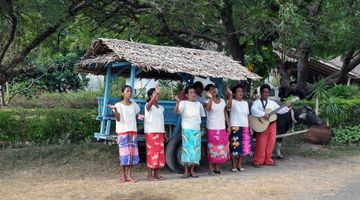Baguio Philippines – You Quick Travel Guide
In a nutshell
Baguio’s cool mountain weather all year round and laid back atmosphere makes it a popular holiday destination for locals and international travelers alike. Visitors come for the weather, terrific food, and numerous exciting activities to enjoy.
Why Go?
What makes Baguio special is the diverse range of attractions and activities available, which can cater to visitors of all ages and interests. It’s home to famous restaurants, historical landmarks, fresh produce that has been grown on mountainsides, outdoor activities, excellent thrift shopping, and friendly locals. It’s also conveniently located near Benguet and the Cordillera mountain range, which makes it the perfect jump-off point for camping and trekking. Many mountain climbers also visit Baguio to rest for a night or two after a tiring yet rewarding trekking trip nearby. Other popular destinations near Baguio include the surf beaches of La Union; the lush, mystical mountains of Sagada, and the world-famous rice terraces of Banaue.
When To Go
Baguio enjoys a cool climate all year round, so there really is no wrong time to come and visit. During the summer, it tends to get crowded, resulting in more traffic because many locals spend a few days especially during Holy Week and the hot summer months of March to May. This is why Baguio has earned the reputation of being the “Summer Capital of the Philippines.” Baguio also tends to get crowded during the Christmas and New Year holidays. If you want to avoid the crowds, try to visit Baguio from June to November, and January to early March. For an authentic and fun Baguio experience, it is highly recommended to visit during the Flower Festival (Panagbenga) which is held every February. This festival makes the city come alive in a parade of colorful flowers and lively celebrations.
Where To Stay
Travelers can choose from an extensive range of accommodation choices in Baguio. The market is dominated by inexpensive hostels and guesthouses because Baguio is extremely popular among budget travelers. Some accommodations offer shared bathrooms while others have private baths.
If you are traveling with your family or a large group, you may want to look into renting a holiday home for added privacy. In recent years, Baguio has seen the addition of a few upscale hotels, providing travelers with even more accommodation choices. Unlike resort towns and beaches, Baguio’s hotels are devoid of swimming pools; instead, they focus on the beauty of the natural environment, the cool breeze, and the iconic pine trees as a highlight. Most hotels already have air-conditioning, but in many cases there is no need for it because temperatures drop even lower at night. Most of them are also equipped with Wi-Fi. But for the most convenient stay, it is advisable to book a hotel with Wi-Fi, hot showers, and one that is in close proximity to the areas you are most interested to visit; otherwise, you may end up spending more time in traffic.
Where And What To Eat
Baguio is considered a foodie’s paradise. There are all kinds of cuisine imaginable here; from authentic Filipino and regional dishes, Japanese, Greek, Italian, and more. Baguio’s dining scene continues to evolve over the years, catering to a more refined and cosmopolitan crowd. The use of fresh produce is dominant in the food scene, thanks to the abundance of local vegetables, fruits, and salads that grow in the nearby mountains.
However, one must not miss out on Baguio’s staples: it’s famous for hot chocolate, good coffee, fresh strawberries, Baguio black rice, and local cheese. These ingredients are showcased in many of the city’s restaurants. Another must-visit is the Mountain Maid Training Center, which sells the legendary Good Shepherd products: ube (purple yam) jam, strawberry jam, various peanut brittles, marmalades, spreads, and many other delicious delicacies that you can take home. If you enjoy cooking food yourself, the Baguio public market is highly recommended.
How To Get Around
Baguio is a massive city, and all the attractions, restaurants, and accommodations are spread out. Having said that, visitors can’t explore the city by foot. Taxis and jeepneys are the only forms of public transportation available in Baguio, with the former being the more popular, safe, and convenient option. If you are only traveling a short distance, taking the jeepney is safe and affordable; fares usually start at around PhP 9.
Taxis are generally easy to find throughout the city especially near bus terminals, hotels, shopping malls, and restaurants. The flag-down rate typically starts at PhP 40, and the taxi drivers here are much more honest compared to other parts of the Philippines; they won’t hesitate to give you exact change down to the last centavo. Some taxi services don’t use air-conditioning but there really is no need to, since Baguio has cool weather even during the day.
Taking a car to Baguio is also another convenient way of getting around. It gives you the freedom and flexibility of easily moving from one point to another, but driving around is only ideal during off seasons when there is less traffic. There are also several car rental companies in Baguio if you prefer not to bring a car.
How To Get To And From Baguio
When traveling from Manila to Baguio, bus services are the most convenient form of transportation. The Baguio airport has been closed since 1998, and since it’s a landlocked area, land transfers are the only means available as of now.
Victory Liner is the best bus service for this route since they have comfortable buses and frequent schedules, as well as affordable rates. There are 15 departures per day for Victory Liner traveling from Manila to Baguio, which leave from terminals located in Cubao and Pasay. Travelers can also choose from a regular air-conditioned bus at just PhP 445, or the First Class bus at PhP 780 which includes reclining chairs, a bathroom inside the bus, and even Wi-Fi. Aboard a Victory Liner, the trip takes around 5 to 6 hours depending on the traffic, including one stop over depending on the route taken and the time of day.
The Baguio terminal for Victory Liner gets notoriously full on Sunday evenings and at the end of long weekends and holidays, due to the mass departure of crowds headed back for Manila. Because of this, it is always advisable to purchase your ticket ahead of time, otherwise you may be placed on a stand-by basis with no guarantee of a seat. In the event that the bus you wish to take back to Manila is fully booked, there is the option of booking a Victory Liner bus that will take you from Baguio to Olongapo, Caloocan, or Sampaloc; then from there you can take another bus back to Manila. Due to the inconvenience this is not advisable, so always try to book a seat ahead of time when possible.
If you opt for private transportation, you can always bring your own car from Manila to Baguio. The roads are well-established, safe, and scenic; plus, it ensures a comfortable journey.
Is Baguio a safe place to visit?
Travelers are advised to remain vigilant when visiting Baguio. While it’s generally safe, it’s also necessary to practice alertness and common sense to avoid falling prey to dangerous circumstances. Don’t walk around poorly lit streets at night; not all the roads in Baguio have good lighting and this will make you more prone to pickpockets or thieves. It helps to keep your belongings close to you at all times, and only book accommodations that have several positive ratings in a good location.

